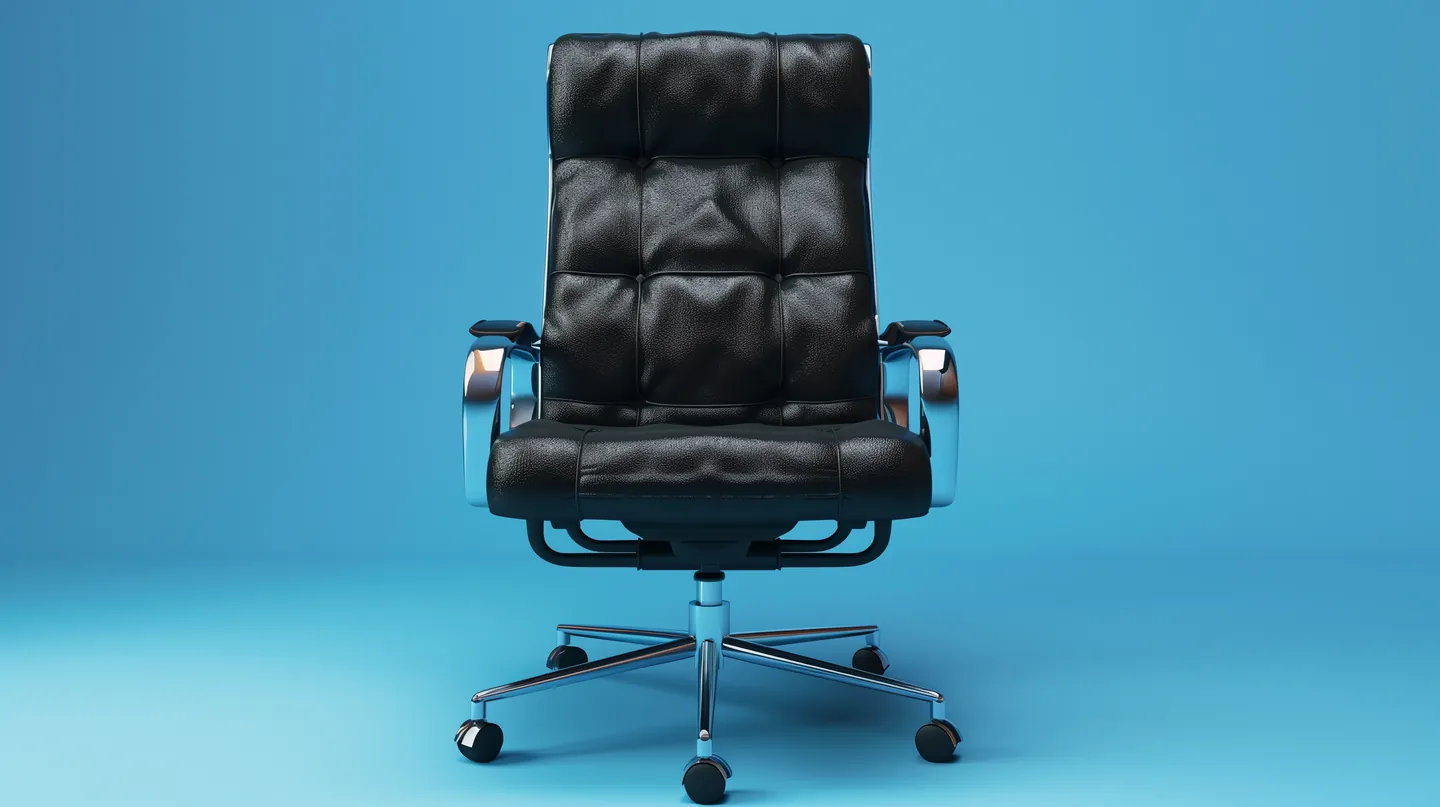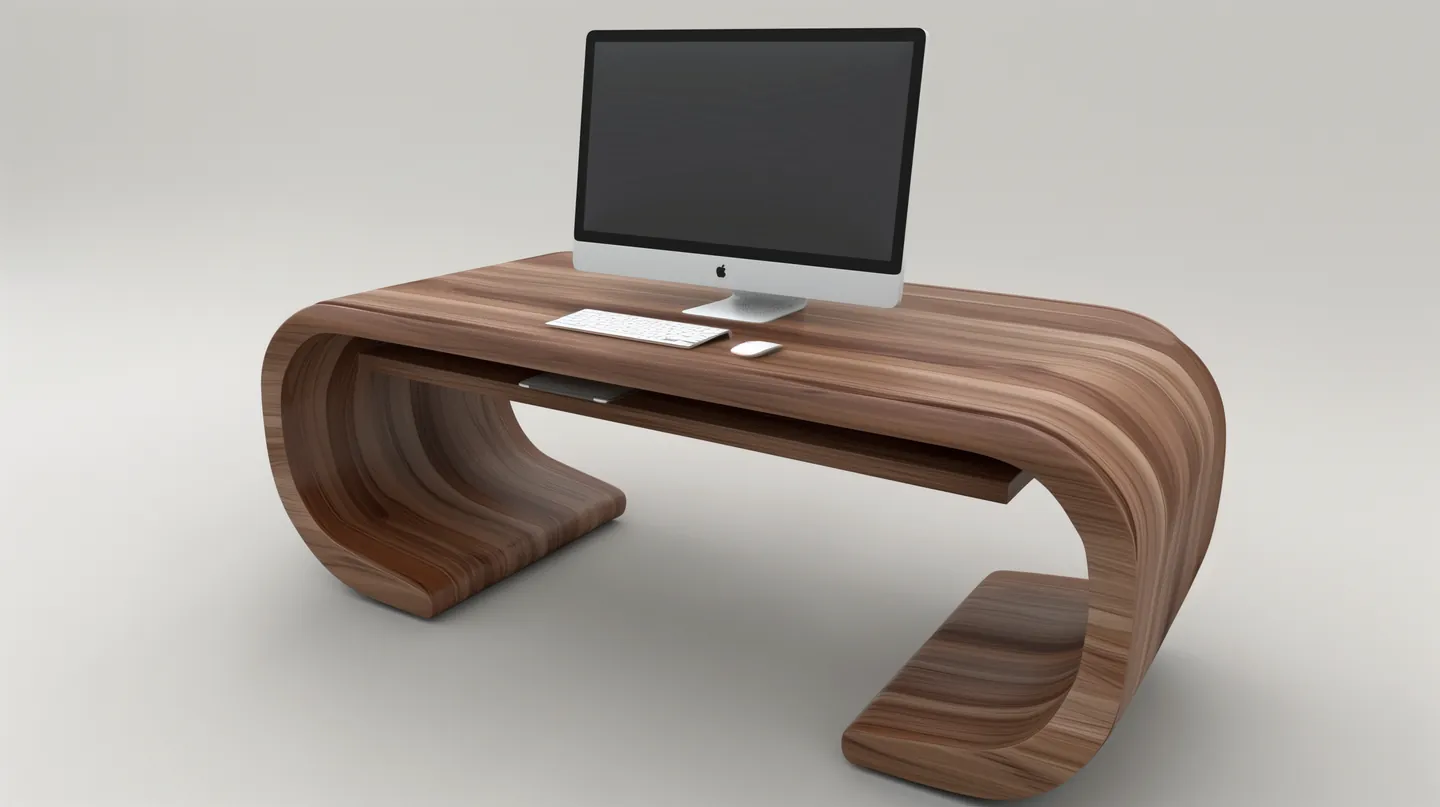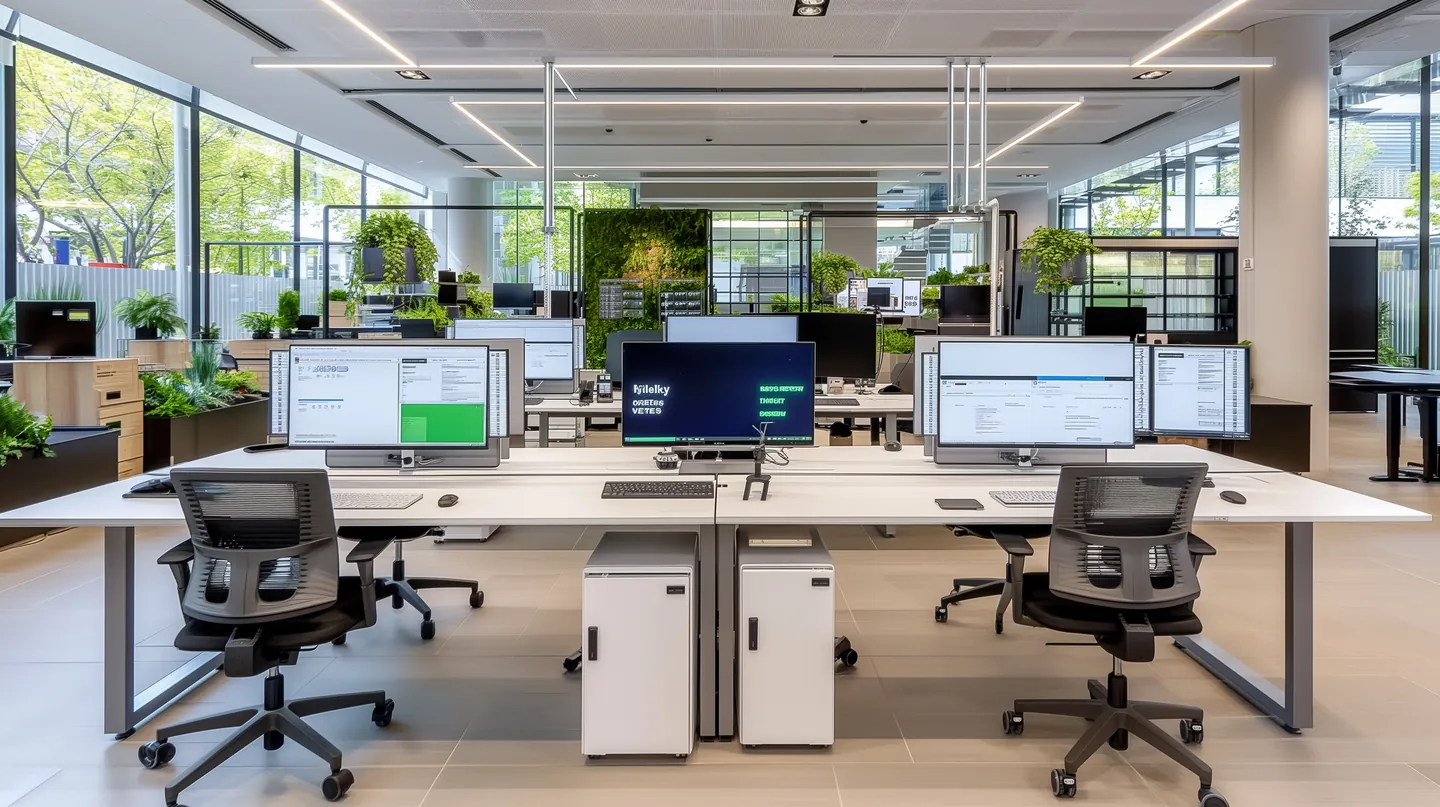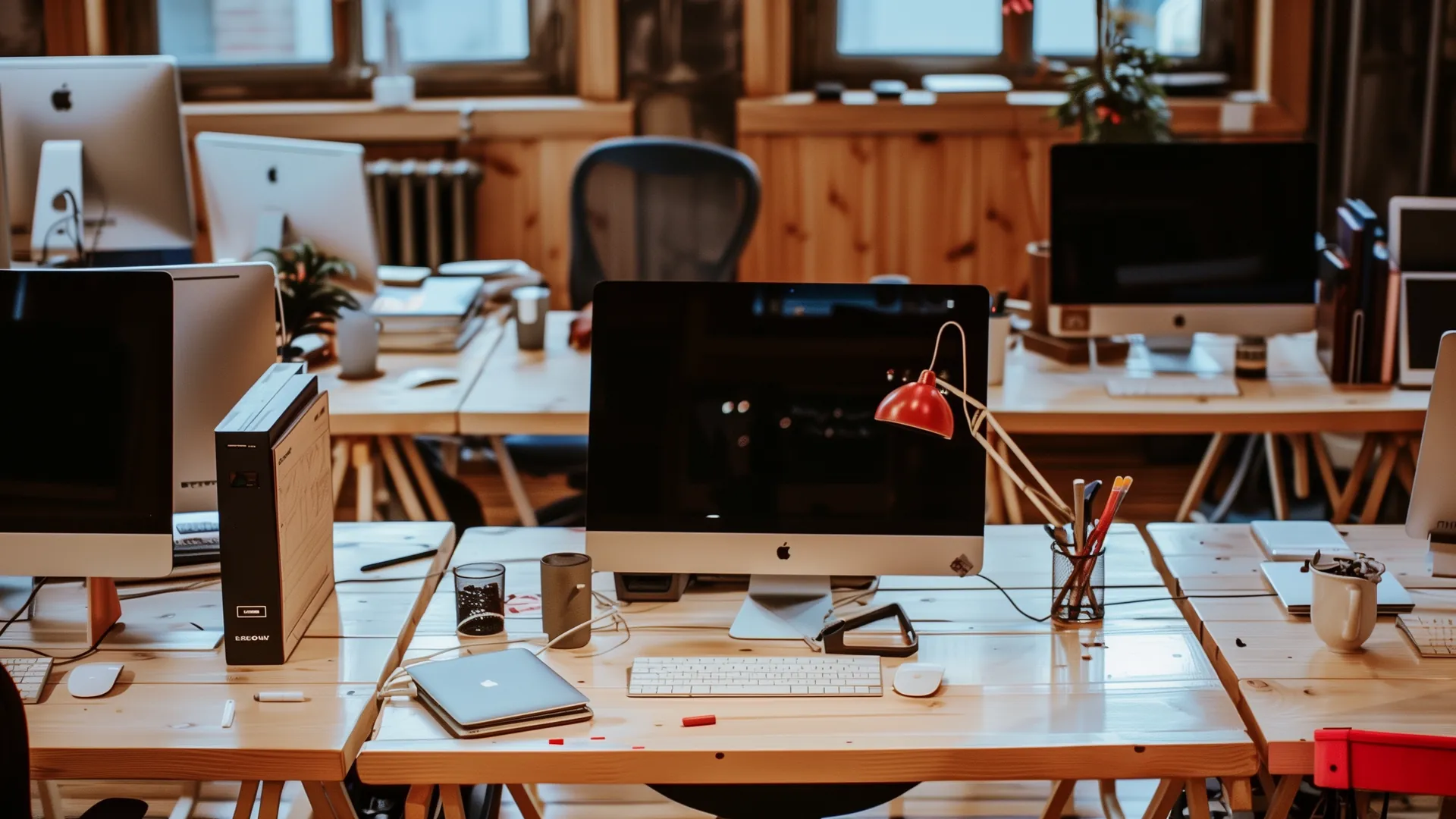In today's world, where remote work has become a standard for many, establishing an effective workspace for daily tasks is crucial. A well-organized workspace enhances focus, organization, and motivation throughout the workday. This guide offers several recommendations for designing a productive workspace that will aid in achieving your professional goals.
Select the Right Space

Choosing the perfect spot to create a productive area is a fundamental aspect of successful work. It's essential to opt for a quiet corner, free from distractions and with ample lighting. Comfortable furniture and a pleasant atmosphere are vital for maintaining productivity. Sources of inspiration can be found in spacious, well-lit rooms or among eye-pleasing elements. Thoughtful placement and easy access to necessary tools and materials will make your workspace even more effective.
Invest in a Comfortable Chair

In a world where stress and tension are part of everyday life, special attention to comfort and well-being is crucial. A key element that can impact your physical and emotional state is the chair you spend most of your time in. Investing in a comfortable chair can bring significant benefits to your health and well-being. A comfortable chair can help reduce muscle tension, relieve fatigue, and improve posture. A properly chosen chair can decrease the risk of back, neck, and lumbar pain, especially important for those who spend a lot of time working at a computer or in an office.
When selecting a comfortable chair, it's necessary to consider several important aspects. Providing adequate support for the lumbar and neck regions, the ability to adjust seat height and armrest positions, and using materials that promote air circulation and prevent discomfort during prolonged sitting are key.
Invest in a Quality Desk

A desk is not just a piece of furniture but a central element of your workspace, affecting your productivity and comfort. Investing in a quality desk can significantly enhance your work capacity and well-being. A quality desk should combine functionality, ergonomics, and an attractive design. It should offer enough space to accommodate all necessary work materials, computers, and other devices. The height and shape of the desk should be tailored to your personal needs and preferences, minimizing the risk of strain in the neck, back, and arms during work.
When choosing a desk, pay attention to features such as additional drawers for document storage, adjustable height, stability, and the quality of materials used. Opting for desks designed for use with ergonomic chairs is ideal, ensuring harmony between the work surface and the seating area.
Use Comfortable Accessories

In daily life, small details play a significant role, especially concerning your comfort and efficiency. Using comfortable accessories can greatly simplify your work and make it more enjoyable. From soft wrist cushions to ergonomic mouse pads, from laptop stands to specialized monitor holders - the range of accessories is wide and varied. These small devices can help reduce wrist, neck, and back strain during long computer work sessions, as well as improve your posture and overall physical condition.
The Impact of Color Schemes

Shades have a significant impact on our emotional state, mood, and even work efficiency levels. The study of color psychology reveals how a variety of colors and their shades influence our mental state and behavioral responses. Read more...
Ensuring Quality Lighting

Effective lighting is a critical aspect of creating a cozy and productive environment. Adequate lighting helps reduce eye fatigue, enhance concentration, and positively affect our overall mood. To achieve ideal lighting, consider several factors. First, prefer light sources that produce soft and even light, preferably close to natural daylight. Also, ensure that lighting fixtures are evenly distributed throughout the room, avoiding harsh glares on work surfaces.
For work areas, bright lighting is recommended to maintain alertness and improve work efficiency. However, it's important to provide the ability to adjust the brightness according to the time of day and personal needs. Don't forget the importance of natural light: maximize the use of daylight by placing the workspace near windows or using translucent curtains.
Minimize Distracting Elements

To enhance productivity, it's important to minimize potential distracting factors. Noise, clutter, and constant notifications can hinder concentration and degrade task performance. The first step to eliminating distractions is organizing a convenient workspace. Place your work area in a secluded spot or use noise-canceling headphones to isolate external sounds. It's important to keep the work desk tidy, avoiding the accumulation of unnecessary items.
Additionally, it's wise to establish a clear work and rest schedule and limit access to social networks and other potentially distracting apps during work hours. Learning to manage your time and focus on current tasks without minor distractions will contribute to increased efficiency.
Conclusion

Following these tips, you can create a comfortable, functional, and inspiring workspace. Remember to choose the right location, purchase a comfortable chair and desk, and maintain order at your work station.










